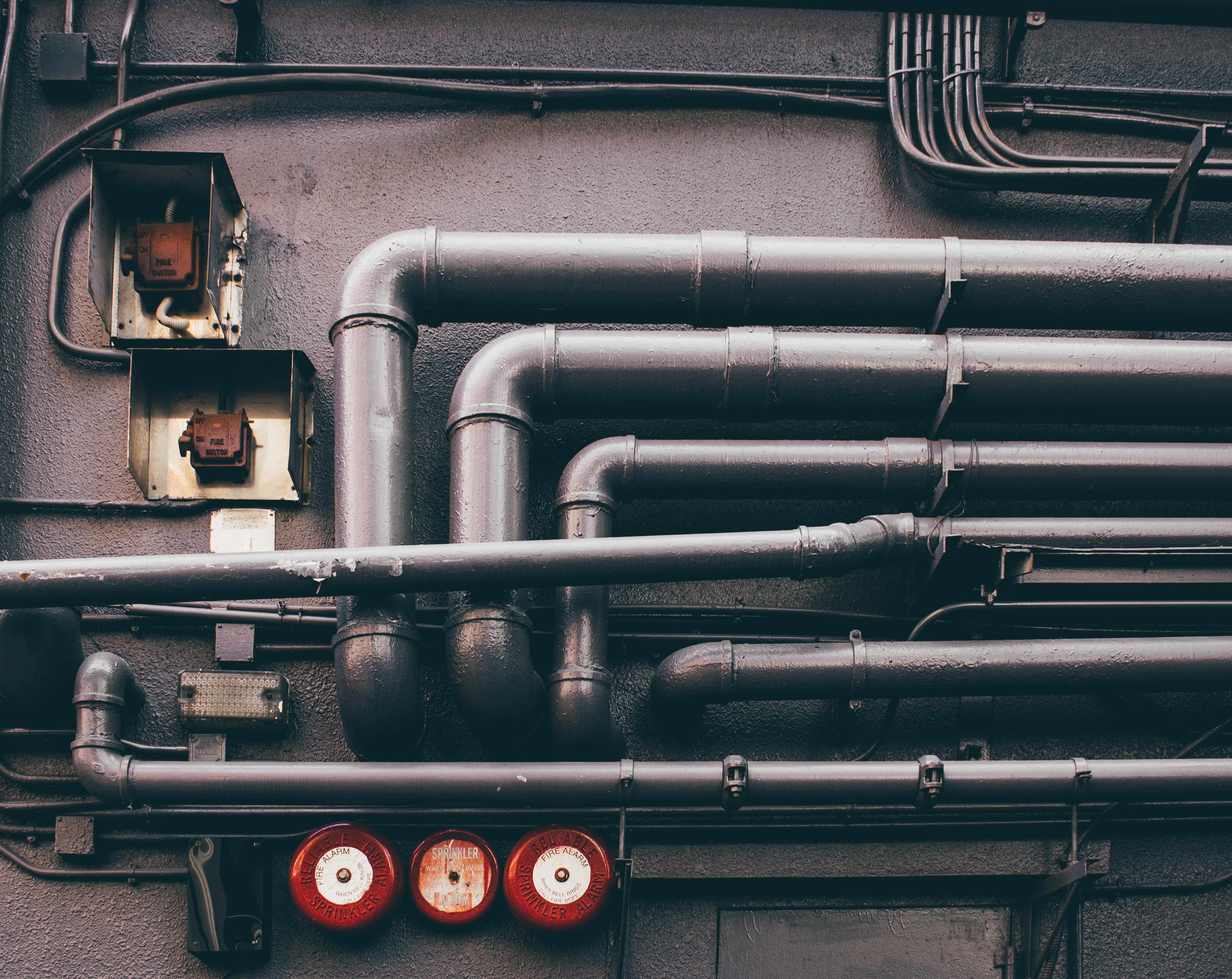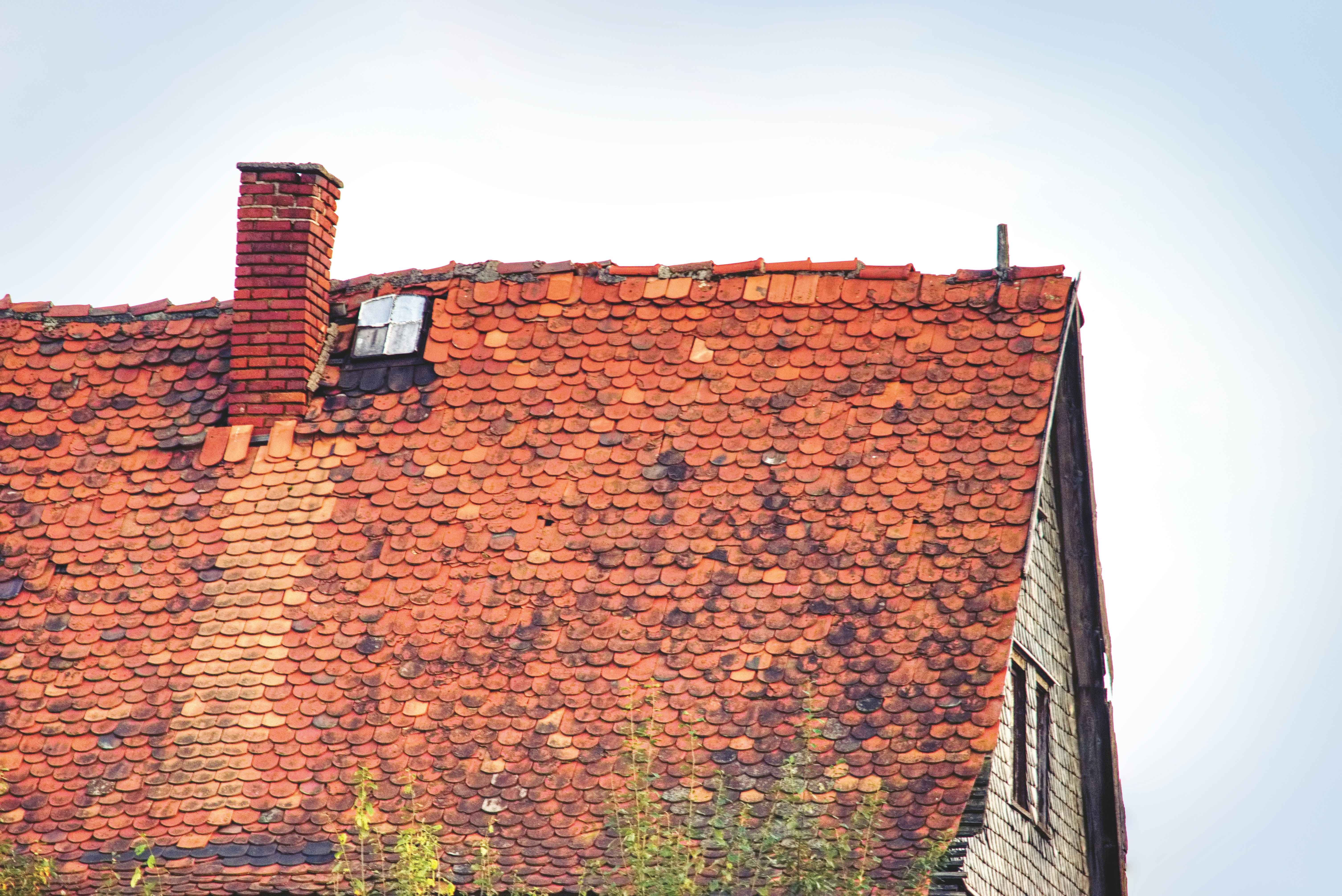Homeownership is a significant milestone. Many people save for years to afford to buy property, and purchasing a house is one of the most significant financial decisions you will make during your lifetime. In addition to your downpayment and mortgage costs, homeownership also involves paying for routine maintenance for your home.
Protecting your property will ensure you live in a comfortable home and keep your property value from depreciating. With some strategic actions, you can protect your financial investment and keep your home safe and secure for years to come.
1. Secure Your Pipes

Water damage is one of the most expensive home repair costs homeowners can incur. When water leaks into your home, it can rot through floorboards, ceilings, and support beams. It can also damage property and promote mold growth. Mold can cause health problems, and if it spreads throughout your home, you could have to pay thousands of dollars for mold remediation.
You can protect your home from leaks by securing every pipe with a self-sealing washer. Self-sealing washers absorb vibrations and protect fasteners from both dust and liquid. Self-sealing washers are effective because they are pliable, enabling them to attach completely to the objects they’re used with, leaving no gaps for water to get through.
2. Deter Pests

Pests can cause extensive property damage. Termites and powderpost beetles consume wood, while carpenter ants will remove wood to create tunnels. These pests can cause extensive structural damage to your property, which can be expensive to repair. You can protect your home from pests by investing in an annual inspection and paying for treatment.
Geese can also cause significant damage to your property. Geese consume grass and other plants and can cause soil erosion. Your family and pets can also be exposed to parasites from goose droppings. You can deter geese by using goose repellent on your grass. Eco-friendly, affordable goose repellent causes mild digestive discomfort when geese eat grass that has been treated. This discomfort prompts the geese to leave your property to find another food source.
3. Maintain Your Roof and Attic

Your roof provides essential protection for your entire home. It prevents precipitation from entering your home. If snow and rain enter your home, they can damage support beams, floors, ceilings, and property, and produce mold.
New roofs typically last 20 years. You can protect your home by surveying your roof after storms to ensure your roof is intact. If you notice a water spot on the ceiling, have your roof inspected immediately to determine if tiles or shingles have been damaged or removed.
You can also protect your home by adding attic insulation. Attic insulation protects your home against energy loss. It also prevents condensation from building up in your attic. Condensation can cause water damage and mold. Insulating your attic makes it easier to keep your home warm and dry in winter and cool in the summer while protecting your home from condensation.
4. Home Security Upgrades

Install alarms to protect your home from potential threats. Smoke detectors can alert you to a potential fire to ensure you take action immediately. Smoke detectors can also be connected to your home security system. Home security systems can alert you if someone is attempting to access your home unlawfully. You can install a security system that is triggered by motion inside and outside your home.
You can also improve your home security by adding motion-sensing lights outside your home. When these lights are triggered, neighbors can see anyone approaching your house. Other home security upgrades include installing window sensors, installing a door brace, and securing windows with working locks.
5. Septic Service
Your household’s wastewater is sent to your septic tank if your house is not on a public sewer system. Septic systems help waste break down and drain, but they must be maintained. If your septic system isn’t draining correctly, wastewater can back up into your home and damage your property.
If water is draining slowly or your toilets won’t flush properly, you may have a septic issue. Have your septic tank inspected immediately. You can protect your home from septic issues with regular inspections and should also have your septic tank drained every three years.
Leave a Reply